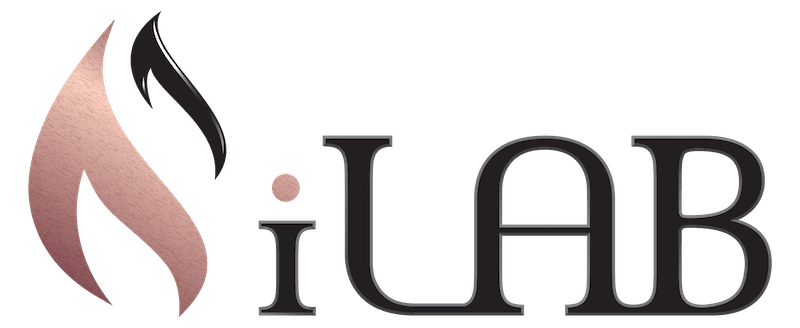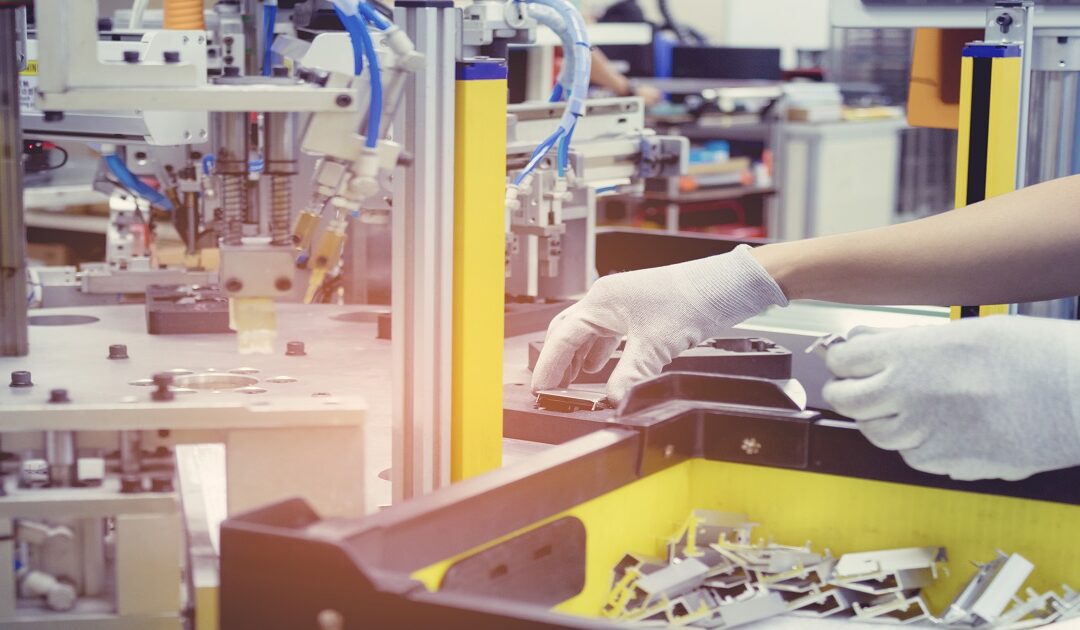When we think about efficiency and productivity in the world of business, it’s easy to use the concept of an assembly line for a point of reference. Factories use this process to quickly build products and ensure that each one is identical in design. However, if you’re considering software development in this way, you’re making a big mistake. Creating digital products isn’t about making a carbon copy, it’s about customization, nuance, and unique features.
Software is Not the Auto Industry
Ever since the days of Henry Ford the auto industry has been built on this idea of an assembly line. The notion is simple: each employee on the line is assigned a single task, which they repeat ad nauseum. Some are in charge of the axles, others in charge of attaching the bumpers, and more are responsible for dropping in the engine. The car moves along the assembly line until it’s a finished product, with identical versions coming right behind it. No one switches jobs, and the blueprints never change; at the end of the day you’re left with hundreds of vehicles all sharing the exact same features and design.
This might sound ideal, but those of us in software development know that these principles don’t translate. Software is built to serve the needs of the user; these customers pay good money for applications to offer form fit features. The same software a company makes for industries like banking and healthcare will have wholly different requirements and regulations. Not to mention that the developers need to create functionality that works the way each individual enterprise works. In short, this isn’t mass production. Every time you develop a new software it will be totally different, and the process by which its created will change, too.
Quality Assurance Testing is Different, Too
In both mass production and software development, quality assurance plays a huge role. These are the folks who are responsible for confirming the final product is up to spec, and lets production know if there are defects that need repair. However, in an assembly line setup quality assurance can pretty much use a list when checking for flaws. Is the steering wheel attached correctly? Do the windshield wipers work? Does the car start okay? It’s practically an automatic system.
But quality assurance for software is far more nuanced. There are vastly different requirements to pass a test, both in terms of type of software as well as the specific client. No business is exactly the same, so why would you be creating and testing the same digital product for them? Even if you do attempt to automate a process, there’s a chance you may not need that specific test very often or ever again. For example, testing a submit button on a form is going to require a vastly different coding and quality assurance process than an auto-fill feature on that same form.
Software development is more than pushing it along an assembly line. Each project differs based on the requirements and intended end users. With this need for customization and agility, the process of software development needs to be adaptable based on the unique requirements of each new project. And with every change that’s made or new feature added, you’ll need a trusted partner for quality assurance testing. That’s where iLAB comes in. We are global leaders in software testing, and are excited to help you make sure that every piece of software is running like a Cadillac – even if you’re not building a car at all.

